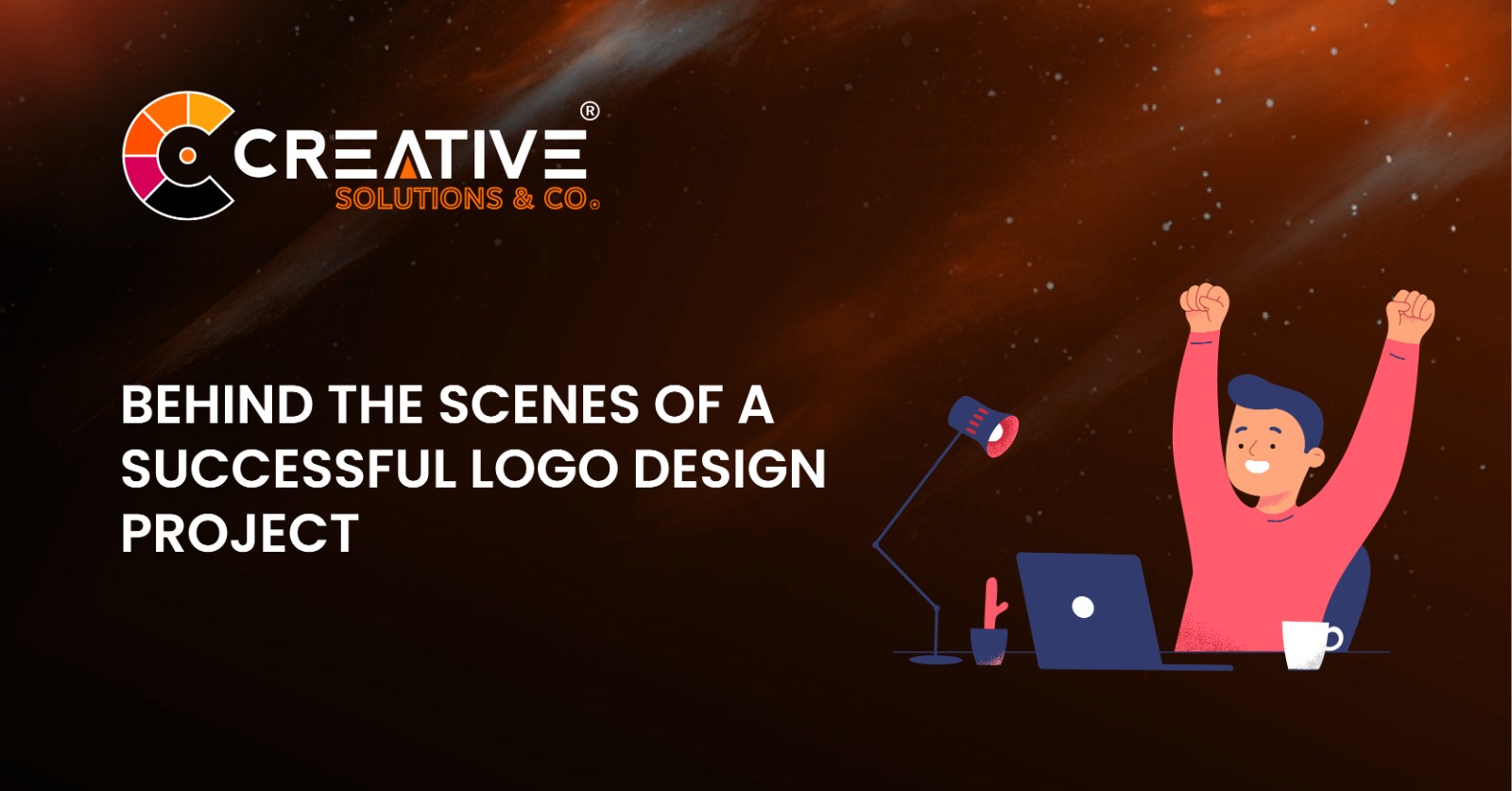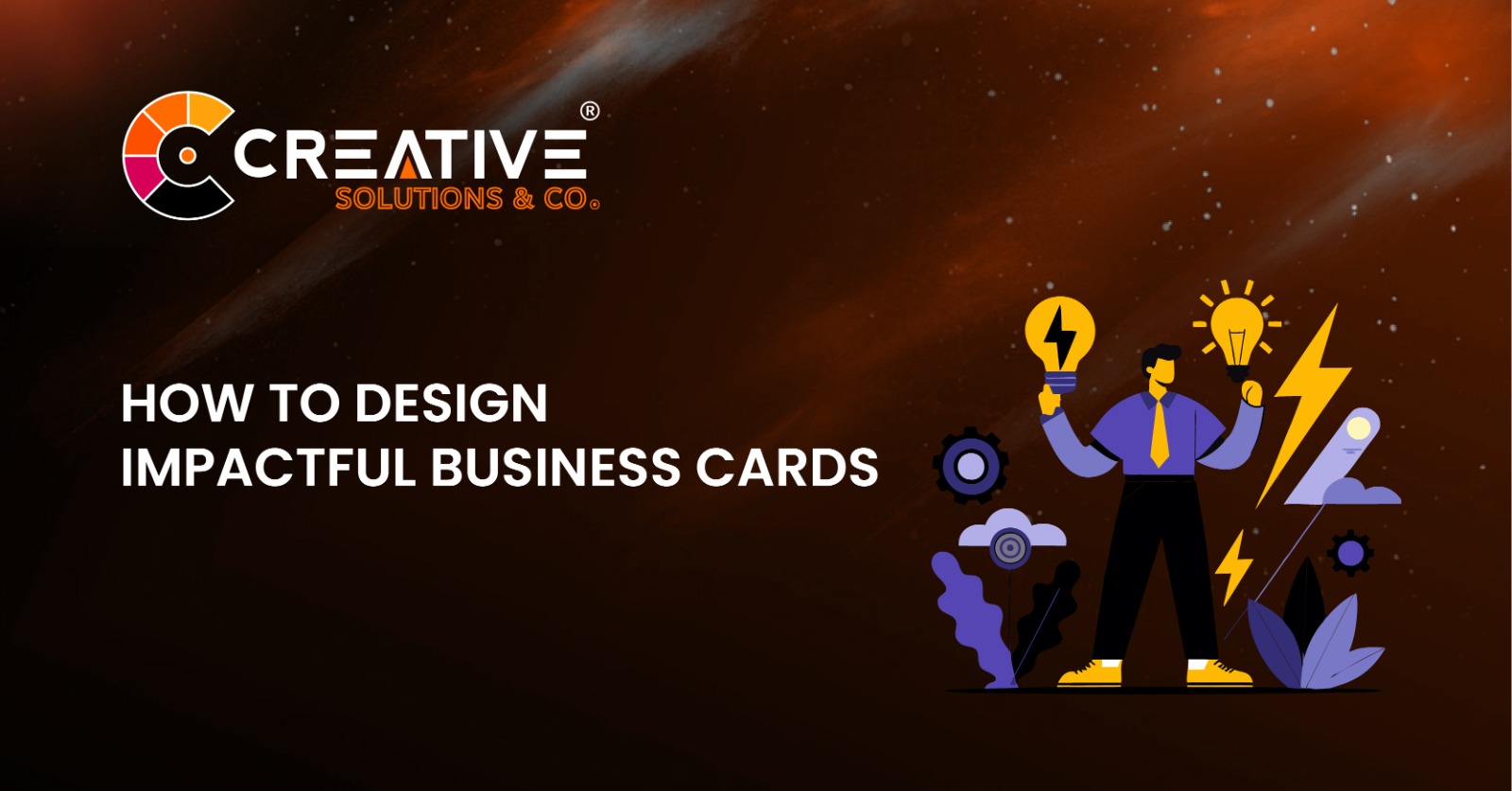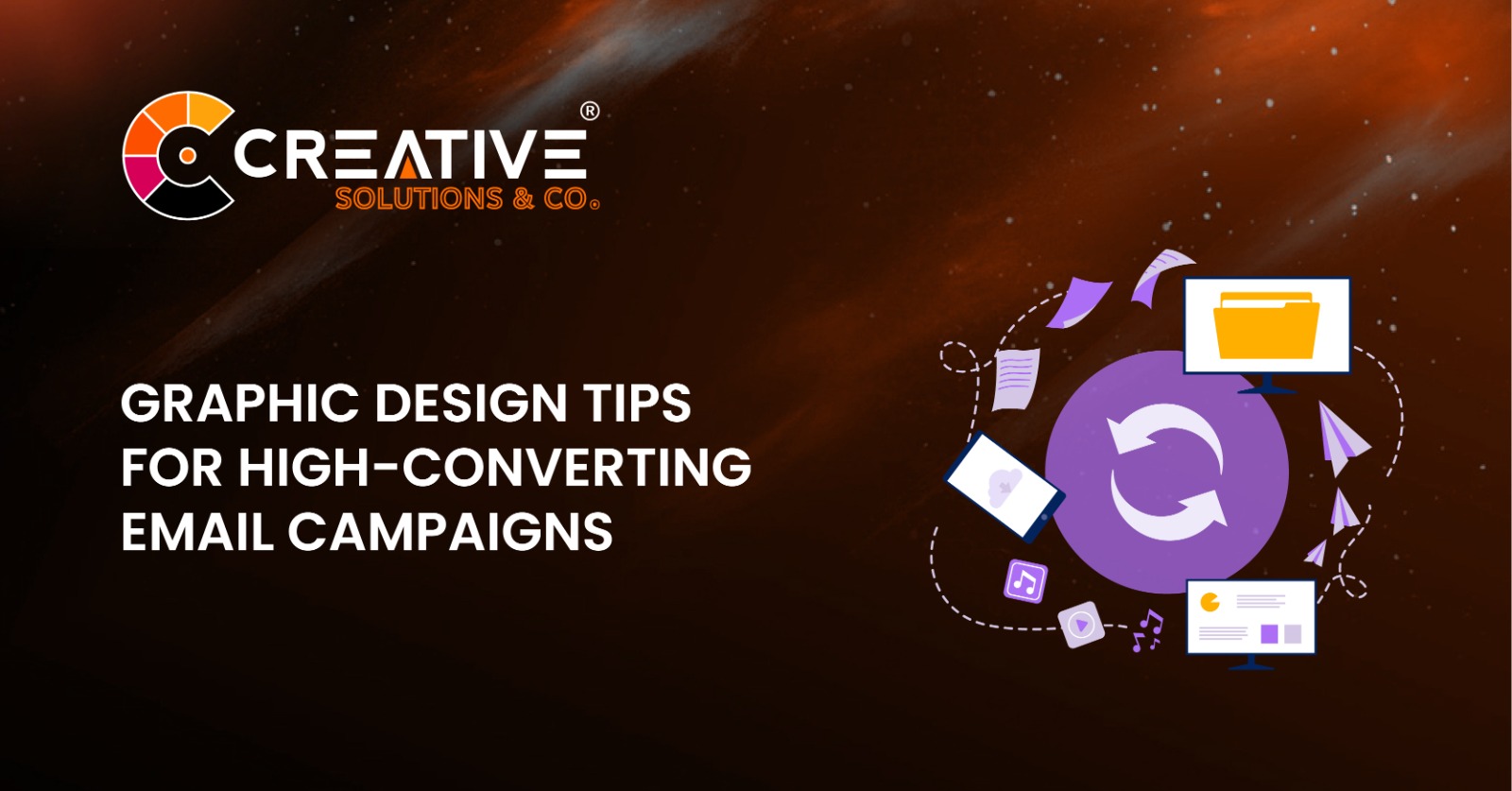Have you ever paused while scrolling through social media because a striking image caught your eye? Or click on a website simply because it looks visually appealing? That’s the magic of graphic design in action. How graphic design improves engagement rates is no secret—it combines creativity and strategy to make content more attractive, memorable, and effective.
By leveraging visuals, colors, and layouts, graphic design can transform ordinary communication into compelling experiences that captivate audiences and inspire interaction.
Table of Contents For How Graphic Design Improves Engagement Rates
| Sr# | Headings |
|---|---|
| 1 | Introduction: The Power of Visuals |
| 2 | What Is Graphic Design? |
| 3 | Why Visuals Are More Effective Than Text |
| 4 | The Science Behind Engagement Rates |
| 5 | How Colors Influence Emotions |
| 6 | Typography: The Art of Words |
| 7 | Visual Hierarchy and Its Impact |
| 8 | Storytelling Through Design |
| 9 | Consistency in Branding |
| 10 | How to Use Graphic Design for Social Media |
| 11 | Mobile-Friendly Design |
| 12 | Common Mistakes in Graphic Design |
| 13 | Tools and Resources for Beginners |
| 14 | Conclusion: Why Design Matters |
| 15 | FAQs About Graphic Design |
Introduction
They say a picture is worth a thousand words, but in the digital age, it might be worth even more. Visuals have the unique ability to simplify complex ideas and evoke emotions instantly. That’s where graphic design steps in. Whether you’re scrolling through social media or browsing a website, good design can make all the difference.
What Is Graphic Design?
Graphic design is the art of combining visuals, text, and ideas to communicate a message. It’s not just about making things look pretty; it’s about creating visuals that resonate with an audience. Think of it as the bridge between creativity and functionality.
Why Visuals Are More Effective Than Text
Did you know that the human brain processes visuals 60,000 times faster than text? Images and graphics are like magnets for attention—they draw people in and make information easier to digest. Why read a paragraph when a well-crafted infographic can explain the same thing in seconds?
The Science Behind Engagement Rates
Engagement rates measure how much your audience interacts with your content—likes, shares, comments, clicks, and more. Studies show that posts with visuals get 94% more views than those without. That’s the power of design in action.
How Colors Influence Emotions
Colors aren’t just about aesthetics; they evoke feelings. Red symbolizes passion and urgency, while blue conveys trust and calmness. By choosing the right colors for your brand or campaign, you can subconsciously influence how your audience feels and behaves.
Typography: The Art of Words
Typography isn’t just about picking a font; it’s about ensuring your text is readable and visually appealing. A playful script might work for a kids’ brand, but a clean sans-serif is better for professional settings. It’s like dressing your words in the perfect outfit for the occasion.
Visual Hierarchy and Its Impact
Imagine walking into a room and not knowing where to look. That’s what poor design feels like. Visual hierarchy ensures that the most important elements—like headlines or calls to action—stand out first. It guides the viewer’s eye seamlessly through your content.
Storytelling Through Design
Every great design tells a story. A charity website might use heartwarming photos and warm colors to evoke compassion, while a tech company’s site might use sleek lines and cool tones to scream innovation. What’s your story, and how can your design tell it?
Consistency in Branding
Think of brands like Apple or Nike. Their logos, colors, and design styles are instantly recognizable. That’s the magic of consistent graphic design. It builds trust and makes your brand memorable.
How to Use Graphic Design for Social Media
Social media is a visual playground. From eye-catching Instagram posts to shareable infographics on LinkedIn, graphic design can amplify your message. Use bold colors, striking images, and clear typography to stand out in crowded feeds.
Mobile-Friendly Design
Over half of internet users browse on their phones. Designs that look great on a desktop but clunky on a smartphone are a recipe for disengagement. Always optimize your designs for smaller screens to keep your audience hooked.
Common Mistakes in Graphic Design
Bad design can hurt more than no design at all. Overcrowded layouts, poor color choices, and unreadable fonts can confuse and repel your audience. Keep it simple and user-friendly.
Tools and Resources for Beginners
You don’t need to be a professional to create stunning designs. Tools like Canva, Adobe Spark, and Figma offer user-friendly platforms for beginners. They’re like having a mini design studio at your fingertips.
Conclusion
In a world where attention spans are shorter than ever, good design isn’t optional—it’s essential. Whether you’re running a business, building a personal brand, or just sharing ideas, graphic design can help you connect with your audience and boost engagement rates. After all, isn’t the goal to leave a lasting impression?
FAQs About How Graphic Design Improves Engagement Rates
1. How does graphic design improve engagement rates?
Graphic design grabs attention, simplifies information, and evokes emotions, making it easier for audiences to connect and engage with your content.
2. Can I improve engagement rates without professional help?
Yes! Beginner-friendly tools like Canva and Adobe Spark make it easy to create professional-looking designs without expertise.
3. What are the best colors to use in graphic design?
The best colors depend on your message and audience. Warm tones like red and yellow energize, while cool tones like blue and green calm and reassure.
4. How important is typography in graphic design?
Typography is crucial. It affects readability and tone, helping you convey your message effectively and aesthetically.
5. What are common mistakes to avoid in graphic design?
Avoid cluttered layouts, poor color contrasts, and fonts that are hard to read. Simplicity and clarity should always guide your designs.







